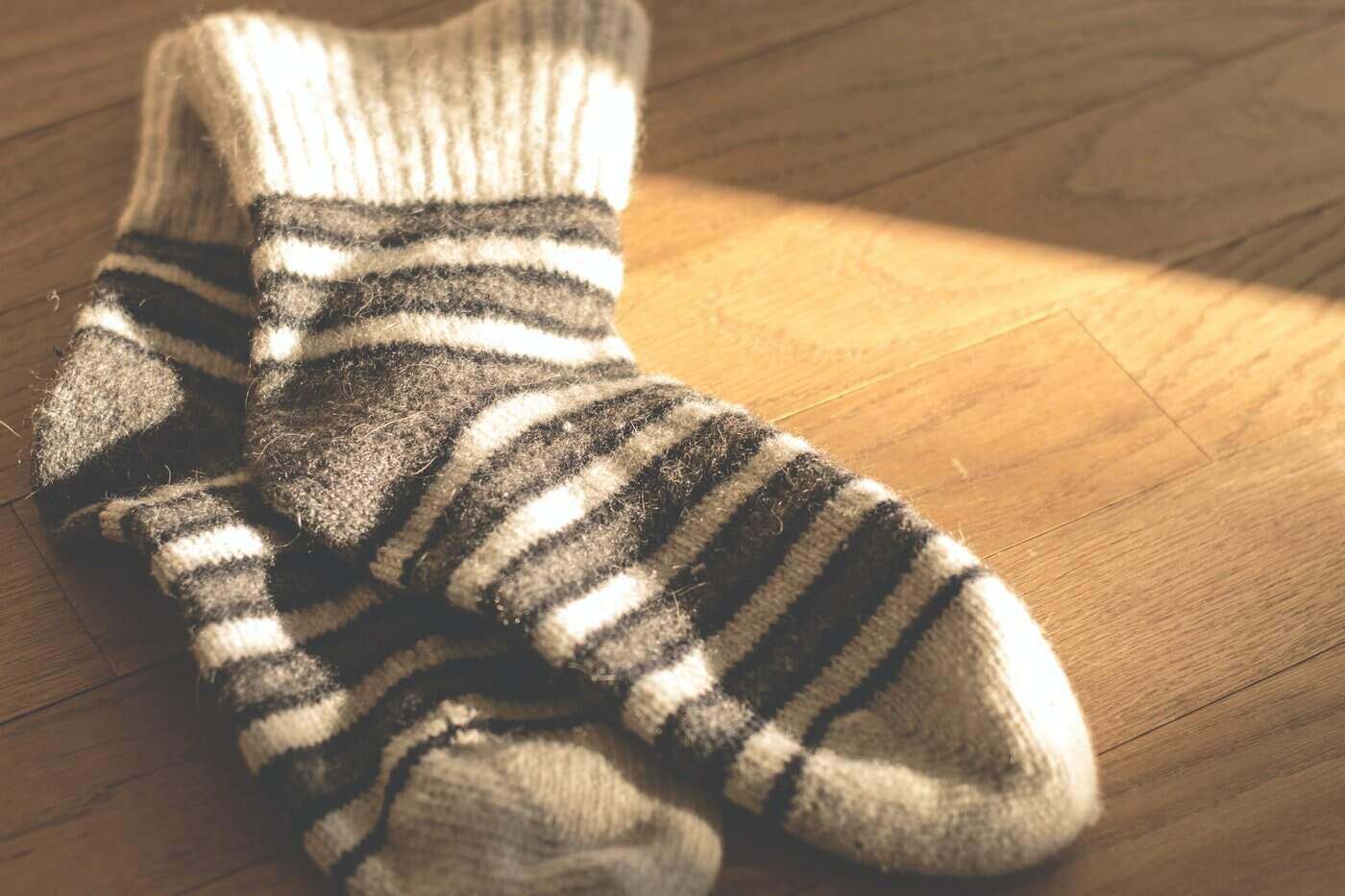New Isn't Necessary
The saying “hand-me-down is just fine” is 80% true. Indeed, secondhand is best in terms of affordability and sustainability. Passing garments along keeps them out of the landfill and keeps parents from having to buy things their children will quickly outgrow.
Rachel Brown shares the dismaying fact that Americans alone throw out twice as much clothing annually as they did 20 years ago, upping their textile waste from 7 million to 14 million tons. Depending on content fibre, it can take over 200 years for textiles to decompose in a dump.
Making clothes out of repurposed fabrics can be a big budget saver, too, if you have the time and the skill. Clothing that's been made by a skilled and fashion-savvy sewing enthusiast allows for a greater choice of colours and textiles than you might find in stores. Before commencing on a garment, ask for your child’s input and set a budget so you know you and your child will be happy with the result.
The Right Step
Where the “hand-me-downs are fine” statement stops being true is with footwear and undergarments. Underwear should be new and made of cotton to keep tender skin ventilated and chafe-free. You should always invest in new shoes whenever possible, as well.
Here’s why: each person has a distinctive contour to the sole and anatomy of their foot. The shoe takes on the impression of this contour, rendering it a customized fit to that wearer. A new wearer’s foot will not be able to overcome the original impression, which could lead to greater complications than just an uncomfortable fit.
Sole Science also warns about the risk of contracting fungal or bacterial infections, which can easily be contracted through breaks in the skin or under the toenails. Athlete’s foot, warts and other infections could result from second-hand shoes if they're not properly cleaned and disinfected.
Check shoe sizing regularly—kids grow so fast that it may be just a matter of months before they outgrow their new footwear. This is one area where it can be hard to keep up with the cost. One option, if it's possible for you, is to allow extended family members (grandparents, aunts, uncles) to pay for a new pair of runners, snow boots or hikers. If family members are looking for a meaningful gift, footwear is a good choice.
Day Trading in Textiles
One creative way to keep clothing costs down is to organize a clothing swap amongst your mommy friends. Plan an event that runs just 2 hours to keep things fast and simple and doable in a busy parent’s schedule.
Invite a maximum of 10 swappers and set a minimum (5) and maximum (10) for articles of clothes each guest must bring. Tell swappers that all clothing must be freshly laundered and in good repair.
Katie Kavulla suggests this approach to claiming new-to-you treasures: for each piece of clothing contributed, a swapper gets a sticker with her/his/their name on it to apply to a garment that they would like to take home. Any crossover claims can be settled with a quick round of “rock, scissors, paper” or by letting the concerned swappers bargain with their other claimed clothing pieces.
Clear your display space of as much clutter and furniture as possible. Organize the garments into sections: shirts and tops, pants and shorts, dresses and skirts, outwear and seasonal and, finally, miscellaneous items. Encourage your swappers to let you donate unclaimed items to a local shelter.
Buy Quality—It Will Last Longer
This is 100% true. You really can feel and see the difference quality makes, so take your time and examine each piece of clothing you buy for fabric content and manufacturer’s craftsmanship. Shoddy seams now will only lead to repairs later.
Look for fibres such as bamboo and hemp for both comfort and longevity. Quality costs, of course, so to make it work for your budget, consider secondhand purchases and/or a smaller wardrobe.
Fast fashion is like fast food. It is easy on the pocketbook and maybe even the eye, but it will cost you in the long run. With inexpensive clothes, you can expect garment degrading to begin as soon as the first wash.
Do Not Give in to Trends
While it is always fun to see what’s new in fashion, keeping up with trends is costly in more ways than one.
Trends tend to ignore the comfort and health of the wearer in favour of sensationalism. Tight clothing can pinch and bind, causing your child to be distracted and even hurt. Overly thick soles, for example, can be a trip hazard. Pointy-toed shoes and boots will cause skeletal deformities, blisters and calluses.
Fashion trends can also fly in the face of the parental desire to keep children as children. Low cuts and clingy fabrics deny our little charges of their time of innocence and instead sexualize them in wrappings that suggest maturity well beyond their years. Dr. Gwen Dewar reports that this campaign of age-inappropriate allure is launched at girls much earlier than boys, whom the industry leaves alone until the onset of puberty.
Classics are the way to go when clothing shopping for your kids. Think slim jeans, not skinny cuts; faded denim, not acid wash; bright colours, not neons, and so on. What you are looking for is current styling that can be passed down to your next child without the pieces being obviously dated. Keep in mind that children’s clothing consignment shops also look for garments that age well.
Pick Your Battles
It’s always okay to say no to a child who is asking for a piece of clothing that exceeds the bounds of your budget. It is not okay to exert absolute control over their wardrobe choices, though. Just like adults, children need outlets for self-expression. Letting them pull together their own look for the day is a great place to start.
Start early. Ask your toddler what they’d like to wear each morning. As long as their choice leaves them adequately covered for the weather, let them have their way. Curb your urge to cringe—clashing colours and patterns are fun. This will be good practice for you as they get older and present more and more ideas that are outside your zone of comfort and familiarity.
One fun-loving mom allowed her pre-schooler son to dress her every day for one week with adorably funny results. Another “hired” her 8-year-old daughter as her personal stylist for what turned out to be seven days of unapologetically bold glamour.
This surrendering of parental style say-so now will translate into smoother transitions of power as your child matures because mutual trust and respect have been established. All journeys begin with a single step and this one can set the tone for the trip of a lifetime. Do expect a few off-the-schedule meanderings though.






0 comments:
Post a Comment